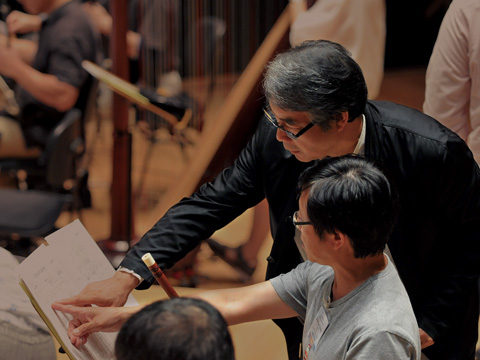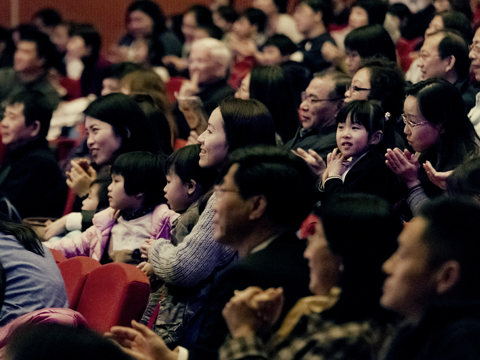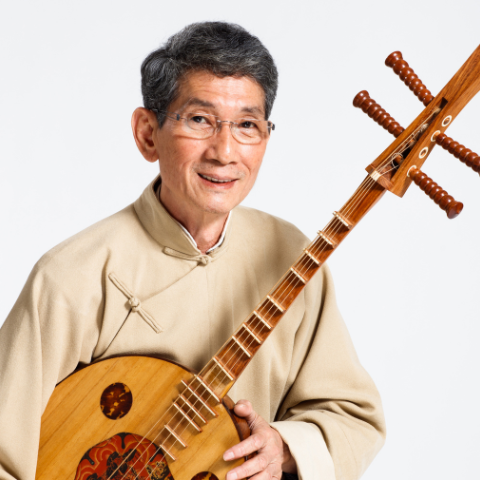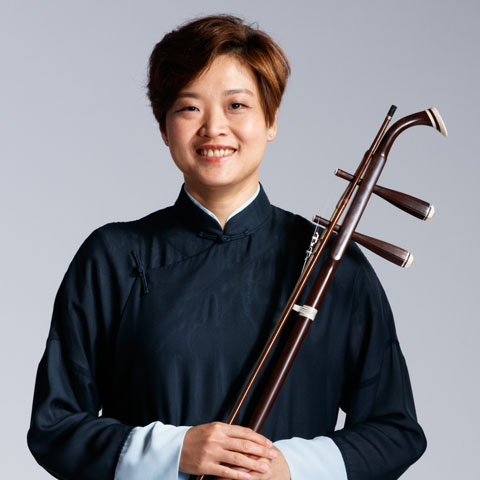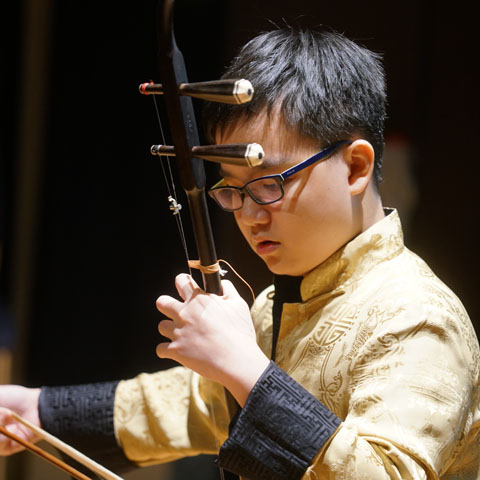
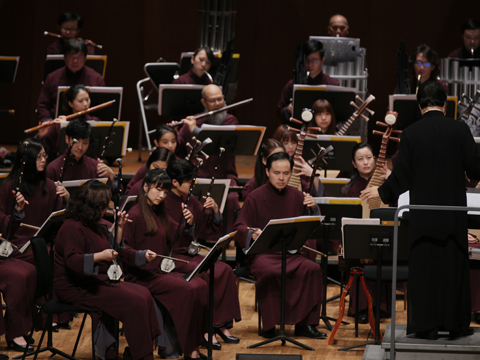
HKCO
Hong Kong Chinese Orchestra Environmental, Social and Governance Artistic Director and Principal Conductor for Life Orchestra Members Council Advisors & Artistic Advisors Council Members Management Team Vacancy Contact Us (Tel: 3185 1600)

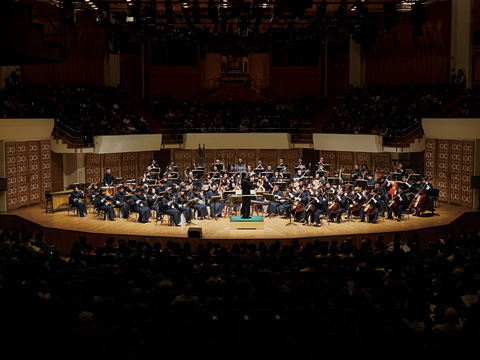
Concerts

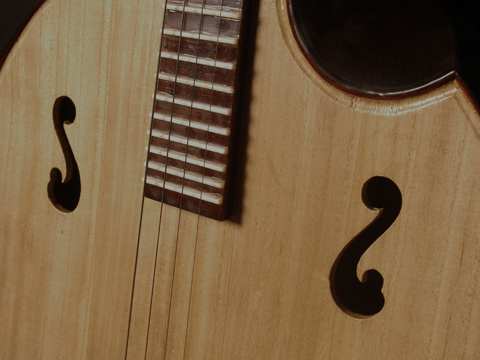
Education
The HKCO Orchestral Academy Hong Kong Youth Zheng Ensemble Hong Kong Young Chinese Orchestra Music Courses Chinese Music Conducting 賽馬會中國音樂教育及推廣計劃 Chinese Music Talent Training Scheme HKJC Chinese Music 360 The International Drum Graded Exam

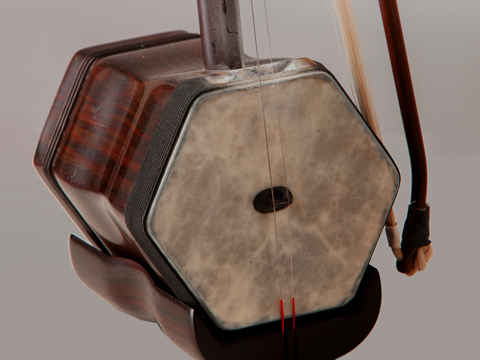
Instrument R&D
Eco-Huqins Chinese Instruments Standard Orchestra Instrument Range Chart and Page Format of the Full Score Configuration of the Orchestra
41st Orchestral Season

Heart for Home - Favourite Tunes in Cantonese Music
24/6/2018 (Sun) 3:00 pm (Tickets will be available at 8/6/2018 onwards)
Seven-Lu Qinqin, Tang-style Ruanxian: Yuen Shi Chun
Eco-Gaohu, Yehu: Wong Lok Ting
Xylophone: Chin Kwok Wai
Gaohu: Keith Yeung
Showcasing the wide spectrum of a musical heritage
The Cantonese music series of our previous seasons have been met with critical and popular acclaim, with tickets sold out quickly every time. For this season’s edition, we have a wonderful mix of the traditional and the innovative. It features Yuen Shi Chun, Research & Development Officer (Musical Instruments) of the HKCO in the lead with his Seven-Lu Qinqin and Tang-style ruanxian, the talented young huqin player Keith Yeung in a gaohu solo. All these add up to another Cantonese music treat worth looking forward to, so mark your date!
Yehu Solo The Dragon’s Roar on the Autumn River Traditional Music
Yehu: Wong Lok Ting
Houguan Solo Streaks of Tears Wong Yuet-sang Arr. by Lo Wai Leung
Houguan: Lo Wai Leung
Gaohu Solo Birds Returning to the Woods Yik Kim-chuen
Gaohu: Keith Yeung
Xylophone Solo Breakers Chan Man-tat
Xylophone: Chin Kwok Wai
Seven-Lu Qinqin Medley of Traditional Tunes - The Intoxicating Vanity World Waijiang Short Tunes Medley arr. by Yuen Shi Chun
Seven-Lu Qinqin: Yuen Shi Chun
Tang-style Ruanxian as lead instrument, with Chinese string-and-wind Ensemble in Accompaniment Triratna - Climbing the Ladder to Look at the Moon, The Monk Thinks of Getting a Wife and Sweeping the Sutra Hall Traditional Short Tunes in Cantonese Music
Compiled by Yuen Shi Chun after the medley arr. of Wan Aiduan
Tang-style Ruanxian: Yuen Shi ChunGaohu Solo Autumn Meditation in the Boudoir Ancient Melody Arr. by Li Zhuxin
Eco-Gaohu: Wong Lok Ting
Ensemble Hong Kong - the City that Never Sleeps (Summer Night from A Song of the Four Seasons) Peng Xiuwen
Suona: Xia Boyan
Orchestra and Five-piece Combo The Red ‘Shuang-Xing-Hen’ Cantonese Music Arr. by Lo Wai Leung
Guan: Qin Jitao
Zheng: Luo Jing
Where is the ‘Home’ for Chinese Music?
Chow Fan-fuBy virtue of the titles of the two concerts – ‘Music that Evokes Nostalgia’ and ‘Favourite Tunes in Cantonese Music’, under the same umbrella title of ‘Heart for Home’, we would know they are quite different in content. The music of the second is found in regions steeped in Cantonese culture – Hong Kong included, while that of the first is about music outside those regions. So where is the ‘home’ referred to in ‘heart for home’ precisely?
Music is a cultural phenomenon. It is an integral part of a people’s culture and an important element in ascertaining cultural identity. To find where the ‘home’ of Chinese music is, one has to go back to its culture and traditions.
Traditional music is where the ‘home’ is
Since the mid-1800’s, with the rise in the West of disciplines in the humanities such as anthropology, sociology and ethnology, the concept of culture has undergone many changes and its definition taken many forms. In China, the term ‘culture’ already existed in as early as the Western Han dynasty (202 BCE – 8 CE). It referred to civil governance, social edification, rites, music and codes of administration. It was not until the end of the 19th century that the Western concept of ‘culture’ was introduced to China through its Japanese translation. Its meaning was three-pronged:1. It was synonymous with civilization;
2. More specifically it referred to the more spiritual contents such as ideas and concepts;
3. But it can cover wider implications of both spiritual and material contents.
The term ‘culture’ is in itself rather nebulous in both essence and extension. Nowadays it is mostly understood in its broader meaning, encompassing everything created in the course of man’s life processes, i.e. the sum total of both material and spiritual cultures. With the historical developments and changes in lifestyle, Chinese music as a cultural phenomenon has morphed into various forms. In general, it can be categorized into
1. court music;
2. folk music;
3. music of the Chinese literati tradition;
4. religious music; and
5. new Chinese music.
Relative to ‘New Music’ which is a product of Western music around the 20th century, the first four types can be considered ‘traditional Chinese music’ - or where the home of the generic ‘Chinese music’ is. But with China’s large population and widespread demographic spread, tracing the different vernacular cultures that have shaped music of so many styles from their ‘home’(or ‘homes’) cannot be more like an exciting adventure.
Five main types of folk music
The first type, court music, has become extinct. Music of the literati tradition and religious music, though they may form part of the ‘home’ we are talking about, pale in comparison to folk music, whether in content or in development down history. In terms of genre, Chinese folk music can be divided into five main categories:
- Folk song: melodious and lyrically expressive, it is closely related to language and everyday lives. The lyrics and styles vary with regions and ethnic groups.
- Narrative singing: also known as quyi (song art), its best function is storytelling. The songs assimilate the dialect in a dynamic way, thus highlighting the musicality of its language. It is literature, music and performing arts all rolled into one.
- Song-and-dance music: it is highly rhythmic, with the melodies often animated and joyful. There are clearly elements of dance movements and at the same time it is lyrical, strong in narrative, and goes well with dance.
- Xiqu music, or music from Chinese traditional theatre: an integral part of traditional theatre, it functions as a thread that links the narrative, emotive contents and dance together. This type of music is formed by incorporating songs, dance music, narrative singing and instrumental music. It is therefore an amalgamation of all elements of Chinese folk music.
- Instrumental music: it expresses emotions through the timbre, performing technique, range and instrumentation. Without the constraints of libretti, it is capable of complex variations in form and structure.
The folk music of the seven cultural circles
- The north-east cultural circle: where the Manchurians integrate with the Han people in everyday life; their musical style is mostly intense and powerful. The geographical area covers Jilin, Heilongjiang, northern Liaoning and eastern Inner Mongolia.
- The nomadic cultural circle: these people are fierce fighters whose music is equally rustic and open-hearted. The geographical area covers Liaoning, Hebei, the northern part of Shaanxi and the environs, the major part of Inner Mongolia, northern Ningxia and Xinjiang.
- The Yellow River cultural circle: this is the hinterland of traditional Chinese culture; their music is earthy, quaint and deep. Geographically it stretches from the Yellow Sea in the east, to the Qinling Mountains and Huaihe River in the south, Qinghai Lake East in the west and the Great Walls in the north.
- The Yangtze River cultural circle: characterized by a delicate finesse, its musical style is sweet and graceful. The area covers Qinling Mountains, south of the Huaihe River, Tibet, to the east of the Qinghai Plateau.
- The Qinghai cultural circle: characterized by Tibetan customs and colourful Tibetan Buddhism, their music has a mythical Buddhist aura. It covers the areas of Qinghai and Tibet.
- The Yunnan cultural circle: this is the area where many ethnic minorities of Yunnan and Guizhou live. Because of the ethnic differences, their custom and cultural practices are also rich and diverse. Their music style is rich and colourful.
- The Minnan Taiwan cultural circle: this is where much of the ancient cultural phenomena and practices of the historical Central Plains have been preserved. Their music style is by and large lively and bright. The area covers Guangdong, Fujian and Taiwan.
‘Heart for Home’ strikes a special chord
Your Support
Friends of HKCO
Copyright © 2025 HKCO
